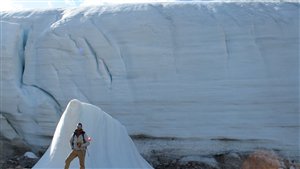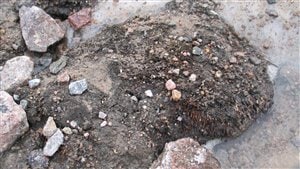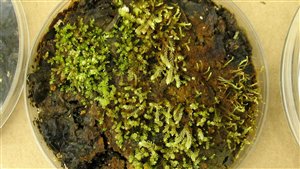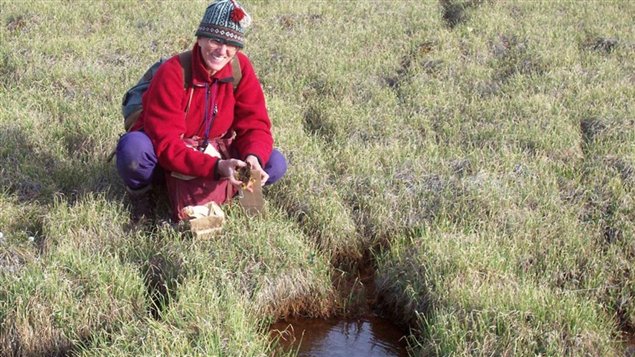It was an amazing discovery and debunked a previously held theory.

While exploring at the foot of retreating glaciers in the high Arctic, researchers from the University of Alberta came across tinges of green in mosses (bryophytes) that had been covered by the glacier for hundreds of years.
The leader of the group, was Dr. Catharine La Farge, a researcher in the Faculty of Science, and director and curator of the Cryptogamic Herbarium in the Department of Biological Sciences at the University of Alberta
ListenBryophytes and related species are an ancient plant form which bridges the gap from algae to vascular plants. Previously, when such plants had been exposed, scientists presumed any life shown in the areas did not come from the original plant itself, but rather by colonizing spores landing in the newly exposed area.

Dr La Farge wanted to test that presumption and took samples of the “mosses” back to the lab.
Through radioactive carbon dating, she confirmed the plants had been covered over by the glacier from 400 to 600 years ago.
After taking the plant material and placing it in suitable growth medium and regular watering, the plant material amazingly began to regenerate after laying frozen and dormant for centuries.
She says bryophytes are known to be tough plants which have evolved to withstand being frozen and dessicated in the Arctic winters, and then come back for the short Arctic summer, but that no-one believed they could withstand hundreds of years of such conditions.

“These simple, efficient plants, which have been around for more than 400 million years, have evolved a unique biology for optimal resilience,” she adds. “Any bryophyte cell can reprogram itself to initiate the development of an entire new plant. This is equivalent to stem cells in faunal systems.
She points out we still know and understand relatively little about polar ecosystems. She says research such as this is important in order to advance than knowledge and for understanding the process of reclamation that had not been anticipated.
The research was published in the Proceedings of the National Academy of Sciences. (see abstract here)







For reasons beyond our control, and for an undetermined period of time, our comment section is now closed. However, our social networks remain open to your contributions.